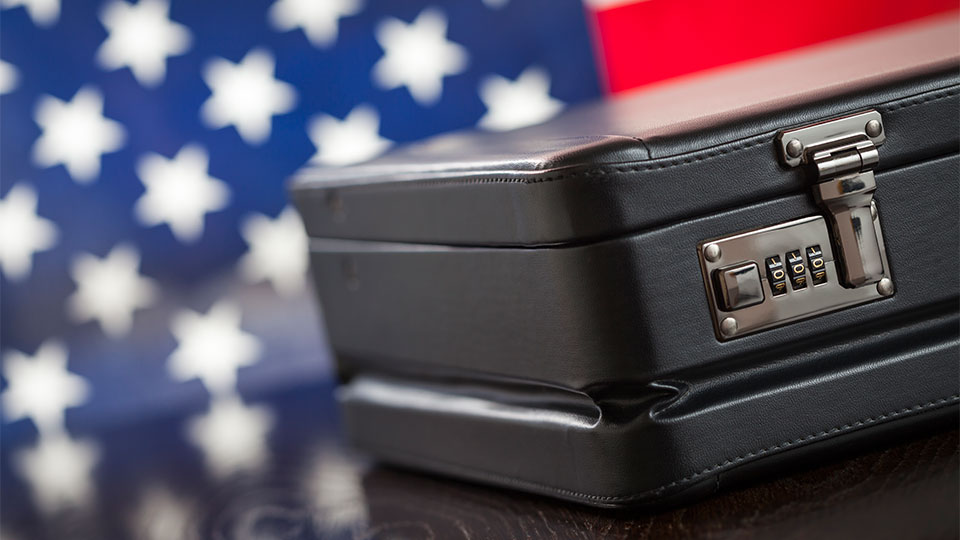As the head of a robust immigration law practice that processes over 850 H-1B petitions annually, my mission is to simplify complex immigration laws and guide clients through an ever-evolving landscape. The events of the past few days have put that mission to the test.
On September 19, 2025, a new presidential proclamation sent waves of uncertainty through the business community. The proclamation’s timing and initial ambiguity—followed by rapid, and in some cases seemingly contradictory, clarifications—made for a difficult first 24 hours. Now, with subsequent guidance from government agencies, the outlines are clearer, but critical questions remain. This post will break down the basics of the H-1B, the new changes, and what we currently know.
The H-1B Visa in a Nutshell
The H-1B visa is one of the primary tools U.S. employers use to hire foreign professionals. At its core, the H-1B is designed for jobs in a “specialty occupation”. This means the role requires both:
- The theoretical and practical application of a body of highly specialized knowledge.
- A bachelor’s degree or higher in a specific, directly related field as a minimum entry requirement.
Fields like engineering, mathematics, technology, medicine, and business specialties are common examples.
The process for obtaining an H-1B visa typically begins when an employer files a Labor Condition Application (LCA) with the Department of Labor. Once that is certified, the employer files an H-1B petition (Form I-129) with U.S. Citizenship and Immigration Services (USCIS) for approval. Because demand for new H-1B visas far outstrips the annual supply of 85,000, most employers must first enter a registration process and be selected in a lottery before they can file a petition.
President Trump’s September 19 Proclamation
Citing systemic abuse of the H-1B program to replace American workers with lower-paid labor, President Trump issued a proclamation introducing a significant new requirement.
Effective at 12:01 a.m. Eastern Time on September 21, 2025, the proclamation directs USCIS and the State Department to collect a $100,000 payment from employers who file “new” H-1B petitions for candidates located outside the United States. This measure is set to remain in effect for 12 months, with the possibility of an extension.
Clarifications from the USCIS Memorandum
The initial announcement caused significant concern, but a clarifying memorandum from USCIS Director Joseph B. Edlow on September 20, 2025, helped narrow the scope of the policy.
Here is what we now understand:
- This is NOT a travel ban. The USCIS memo explicitly states that the proclamation does not impact the ability of any current H-1B visa holder to travel to or from the United States.
- The policy is PROSPECTIVE. It only applies to petitions filed after the effective date.
- The following groups are NOT affected:
◦ Current H-1B visa holders and beneficiaries of currently approved petitions.
◦ Beneficiaries of 2025 H-1B cap petitions that were filed before September 21, 2025.
◦ H-4 dependents.
◦ H-1B1 professionals.
Critical Questions Remain
Moreover, the proclamation includes a “national interest safety valve,” allowing the Secretary of Homeland Security to waive the $100,000 fee for individuals, companies, or industries deemed vital to the U.S. national interest. However, no procedures have been announced for requesting or qualifying for these waivers. Finally, the government has not yet released any details on the mechanics of how the $100,000 payment will be collected or processed.
As this situation continues to develop, my team and I will be monitoring it closely to provide our clients with the most up-to-date guidance.
How do you get in touch with us?
If you have any questions about how this proclamation may affect you or your business, please do not hesitate to contact us at info@shankarninan.com to schedule a consultation.



